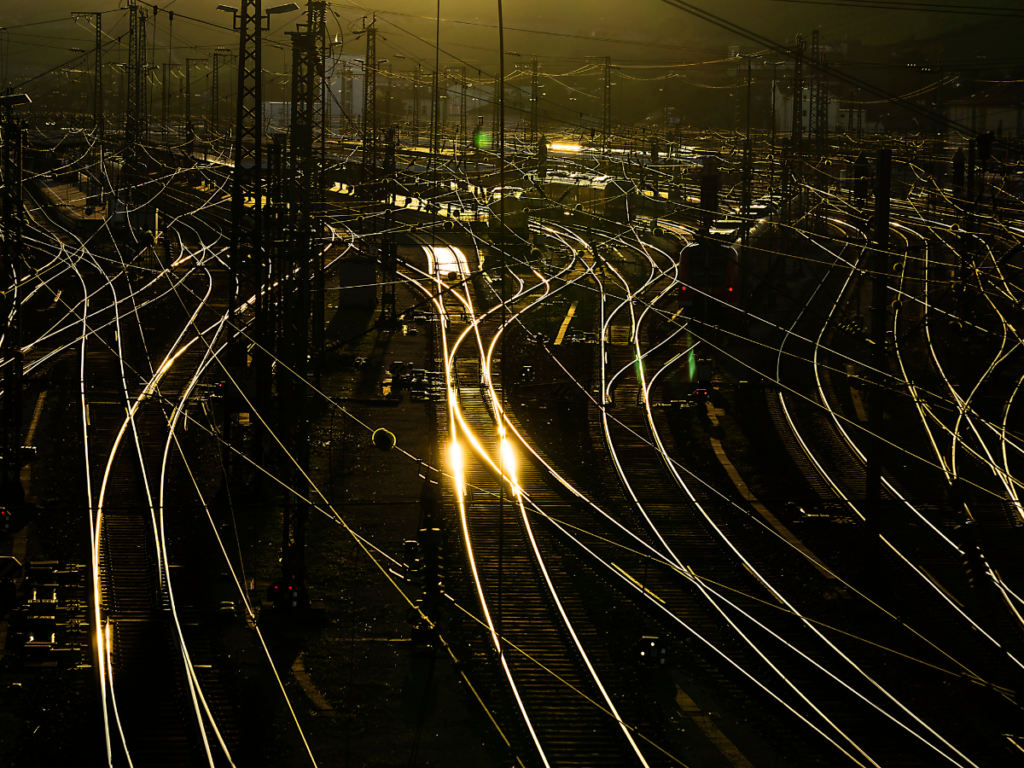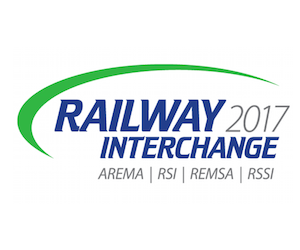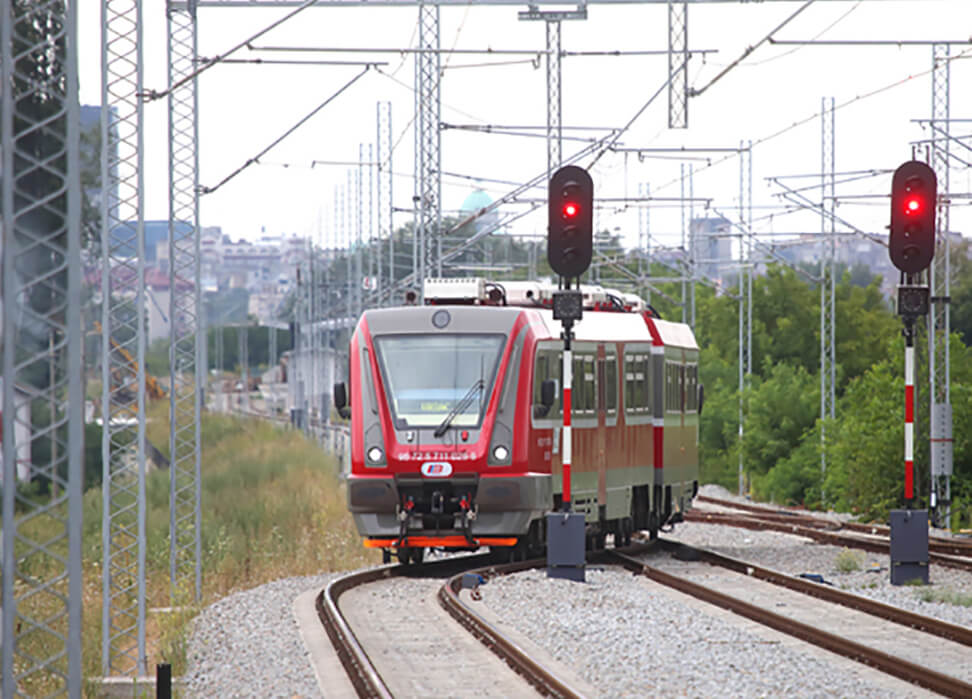Throughout 2022, Rubi Bahntechnik has been posting tips to help people move smoothly throughout cities with the hashtag #TrafficTuesday.
This article is one of the highlights from the series:

Looking at the ten US cities with the lowest number of trips per track mile, the following things stand out:
A train every 15 minutes is not enough on urban lines. Increasing frequency close to the network’s capacity makes sense from the viewpoint of marginal costs.
Each station has a catchment area around it. If this circle with a radius of approximately 500m around a station is densely populated and/or features a lot of people-oriented businesses, more people will get on and off. The video looks at a fair few stations next to highway interchanges, which is mainly an American thing, but it does crop up in Europe every once in a while—looking at you, Zürich Brunau.
Mixed traffic sends mixed messages. Building a metro line next to a highway or a tram line on an existing street are not going to magically solve road congestion.
Transit is no end in itself. Lines and stations need to serve a purpose. The video mentions the sin of “transit-oriented non-development”, which really says it all.
This article was originally published by Rubi Bahntechnik.





